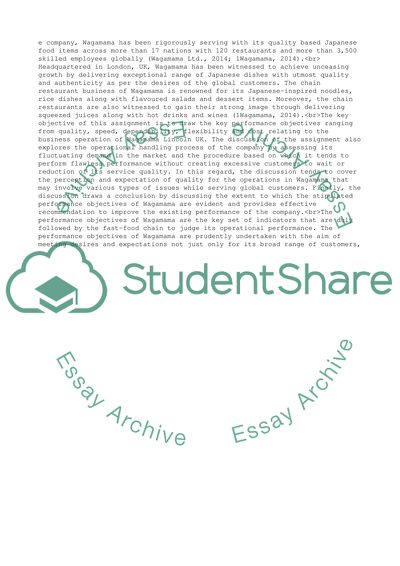Cite this document
(Operation management Assignment Example | Topics and Well Written Essays - 3000 words - 5, n.d.)
Operation management Assignment Example | Topics and Well Written Essays - 3000 words - 5. https://studentshare.org/business/1850226-operation-management
Operation management Assignment Example | Topics and Well Written Essays - 3000 words - 5. https://studentshare.org/business/1850226-operation-management
(Operation Management Assignment Example | Topics and Well Written Essays - 3000 Words - 5)
Operation Management Assignment Example | Topics and Well Written Essays - 3000 Words - 5. https://studentshare.org/business/1850226-operation-management.
Operation Management Assignment Example | Topics and Well Written Essays - 3000 Words - 5. https://studentshare.org/business/1850226-operation-management.
“Operation Management Assignment Example | Topics and Well Written Essays - 3000 Words - 5”. https://studentshare.org/business/1850226-operation-management.


